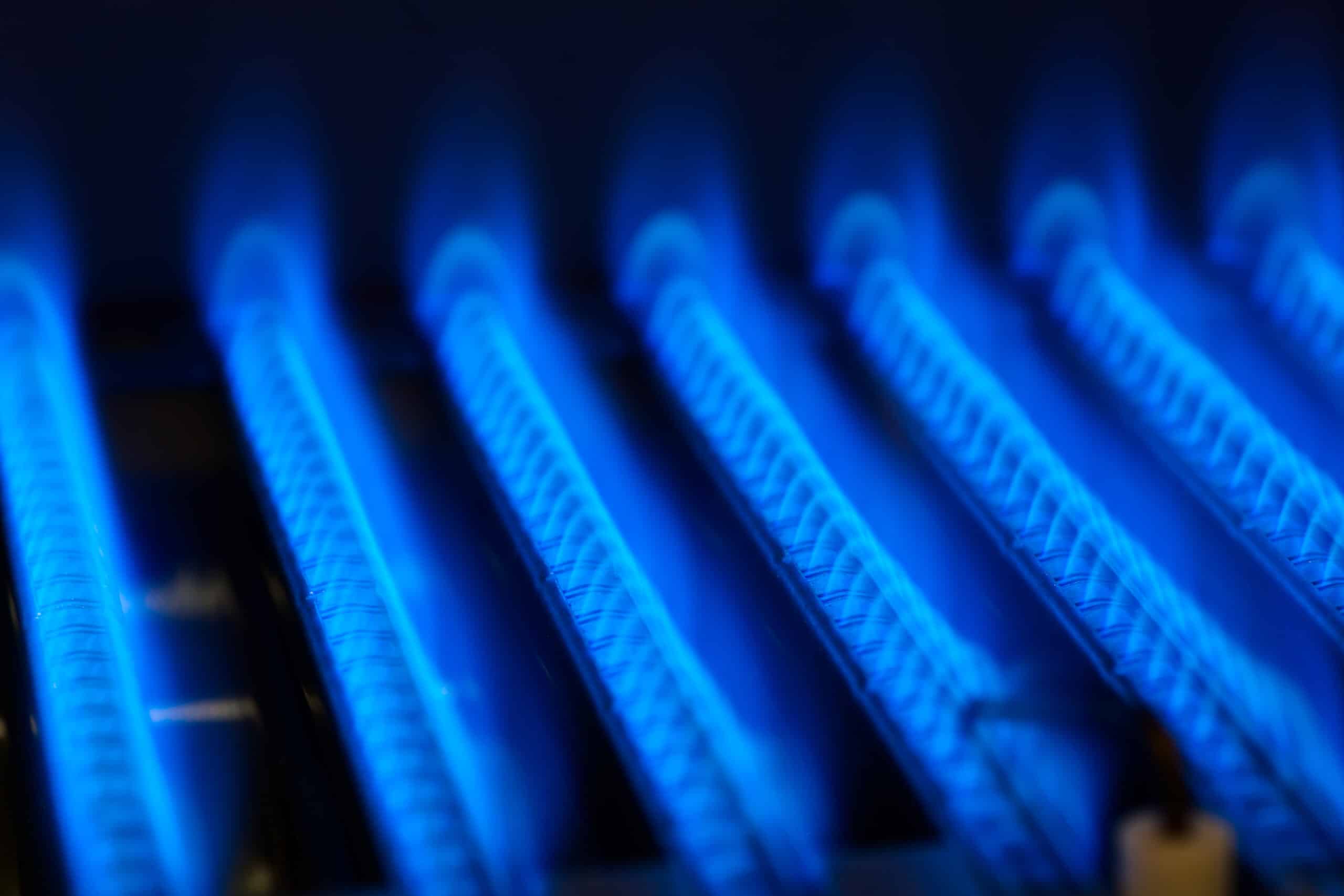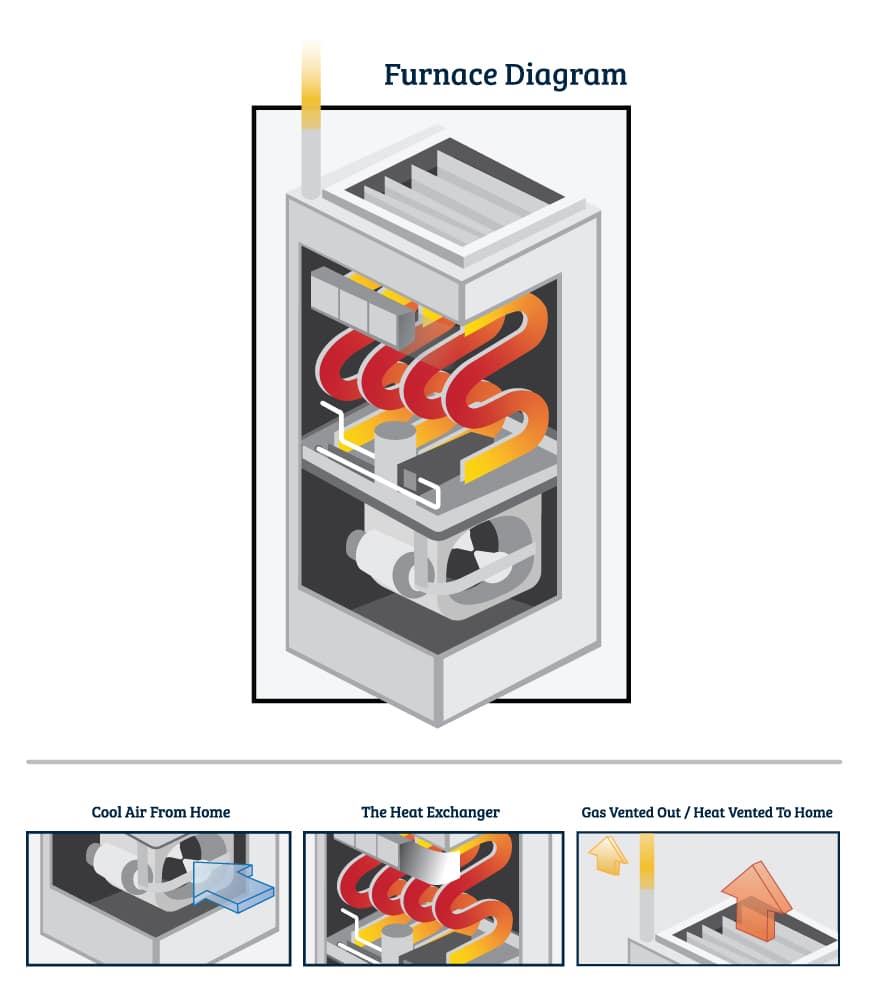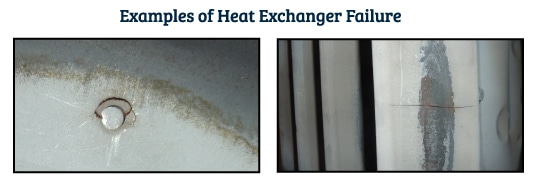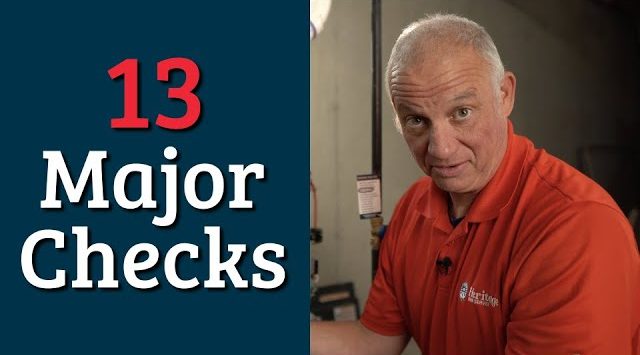
If you own a furnace (forced hot air), you may have heard about the dangers of a “cracked heat exchanger”. While you don’t need to know everything about how a furnace works, it’s important to know that a problem with your heat exchanger is serious and should be addressed immediately. If you’re curious about what a heat exchanger is, why they fail, and what you can do to keep you and your family safe this heating season, then this article is for you.

Heat Exchanger Basics
Your heat exchanger is what makes your furnace work, and without it, your furnace wouldn’t be able to heat your home. It does this by turning cool air into warm air using a series of metal tubes that heat up when the system is running. This is what we are referring to when we say heat exchanger. (See the diagrams).
This warm air is what comes out of your heating vents, while the byproducts of combustion (like exhaust from a car), are safely vented outside.
Remember: when we say furnace, we’re talking about forced hot air. If you have baseboards or radiators in your home (forced hot water/steam), you DO have a heat exchanger, but not the same safety concerns due to its design. You should still have maintenance done each year! Learn more.

Why Do Heat Exchangers Fail?
Like all mechanical parts, the heat exchanger will eventually break down through normal operation. The main culprit is metal fatigue, which happens from the heat exchanger expanding and contracting, as the metal tubes heat up and cool down. The average lifespan of a heat exchanger is about 15 years, with a normal range from 10-20 years depending on the model.
Dangers of A Heat Exchanger Failure
Normally, the byproducts from combustion never mix with the clean air that heats your home. With time, cracks and holes can form in the heat exchanger, potentially allowing these byproducts (like dangerous carbon monoxide) to enter your home. While a small leak isn’t likely to be life threatening, it’s a serious problem that should be corrected as soon as possible.
The greatest concern with a heat exchanger failure is the risk of carbon monoxide poisoning. Carbon monoxide is colorless and odorless, and in high concentrations can cause severe illness or death. It’s important to note, however, that no level of carbon monoxide exposure is healthy. Even at low levels, the presence of carbon monoxide in your home can indicate a serious issue that is potentially harmful to your long term health.
You can learn more about carbon monoxide poisoning and its symptoms here.
What You Can Do to Protect Yourself
The first step to ensure your furnace will operate safely, and for as long as possible, is to have it professionally designed and installed by a reputable provider. Many premature heat exchanger failures are due to installing a furnace that is the wrong size for your home, or one that has been poorly designed. This is because improper installation makes your furnace work harder than it should to keep you comfortable, which means extra wear and tear on the heat exchanger.
Preventative maintenance is another important step towards getting the most from your heat exchanger. Soot build-up, broken parts, old filters… these can all contribute to an overstressed heat exchanger and are easily addressed during a routine maintenance visit. Learn more.
For complete peace of mind, have your heat exchanger inspected each year. While rare, manufacturer defects can happen and may be covered under your system’s warranty. This type of service should only be done by a professionally licensed HVAC service provider. When you choose Heritage, our technicians use a camera device to catch any potential issues, and we’ll notify you immediately if anything needs to be done.
Heat Exchanger Inspection
Heritage always inspects your heat exchanger during furnace maintenance. Watch this video about our 13-step process to learn more.
Can A Heat Exchanger Be Repaired?
Heat exchangers are a crucial part of your heating system, and located in an area that is hard to access without the near complete disassembly of your furnace. Law also prohibits the repair of a heat exchanger. While heat exchangers can be replaced, in most cases it is more cost effective to replace the entire heating system. That being said, if a system has been properly installed, the heat exchanger should last the expected lifetime of the system.
A Note About CO Detectors – Not All Are Created Equal
We also recommend getting low level carbon monoxide detectors, and installing these near the furnace, and on each level of the home. While standard detectors only alert you when CO levels reach a dangerous 70 PPM (Parts Per Million), low-level detectors can alert you as soon as 10 PPM. According to a 2009 scientific medical study by the UCLA Center, no home is a “healthy home” unless it is being monitored for CO levels at 10 PPM.
